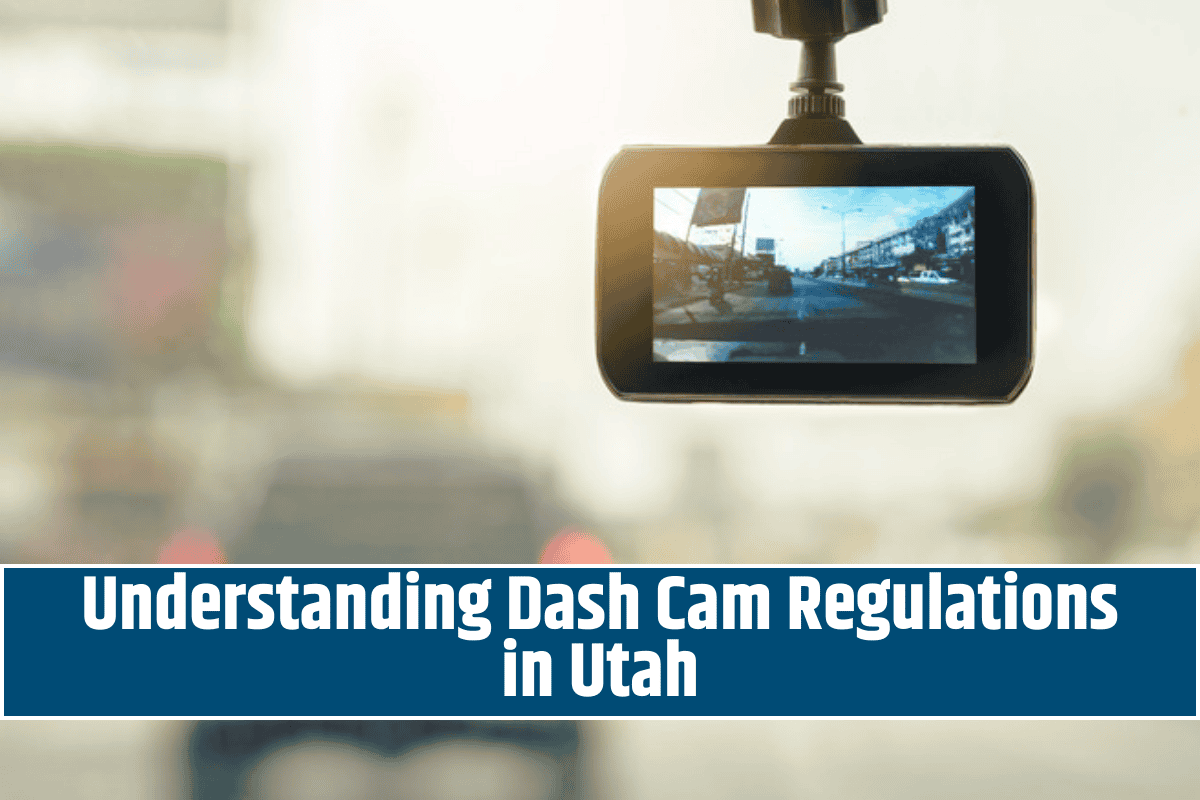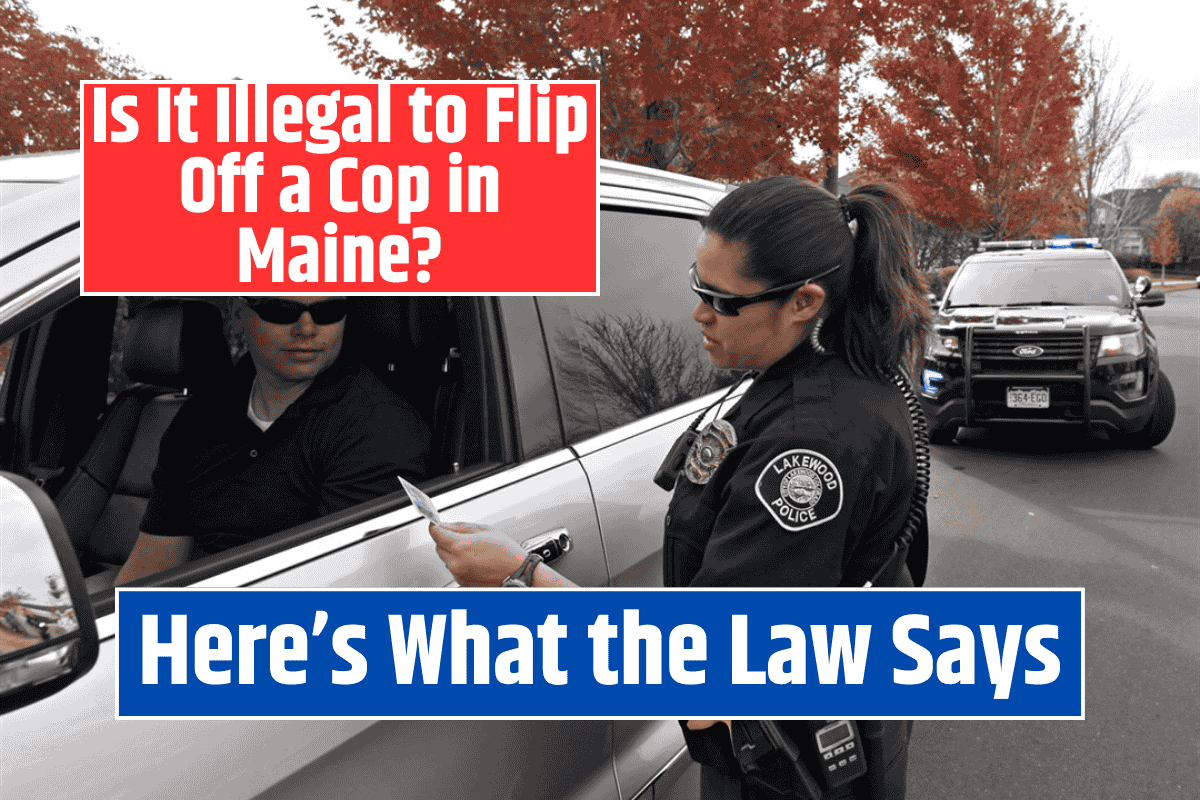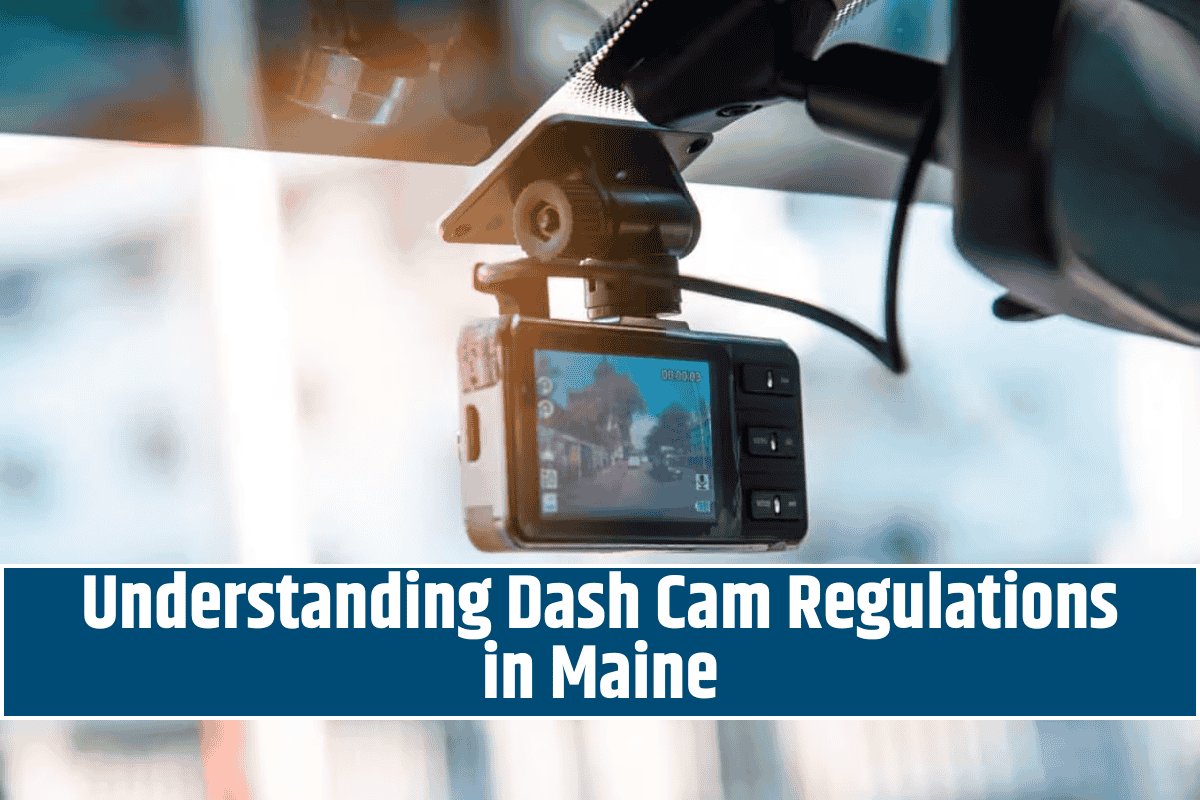Dash cams are becoming an essential tool for drivers across the United States, offering an extra layer of security and proof in the event of accidents or disputes.
In Utah, using a dash cam is legal, but there are specific rules regarding their placement, use, and the legality of footage. Here’s a breakdown of the most important regulations for 2025.
Dash Cam Mounting & Placement Rules
The primary regulation concerning dash cams in Utah revolves around where you can mount the device within your vehicle. These rules are in place to ensure that the camera doesn’t obstruct the driver’s view, as safety is always a priority.
Windshield Placement
You are allowed to mount your dash cam on the windshield in Utah, but there are specific limits to where it can be placed. The dash cam must not extend more than 4 inches downward from the top of the windshield.
Additionally, the camera should not extend more than 4 inches outward from the lower left corner of the windshield. These restrictions help prevent the dash cam from obstructing the driver’s line of sight, which is a safety concern.
Dashboard and Rear Window Placement
Dash cams can also be mounted on the dashboard or rear window of the vehicle. These locations offer more flexibility since they are less likely to obstruct the driver’s view.
However, it is still crucial to ensure that the device does not create distractions or obstruct any other part of the driver’s field of vision, particularly mirrors or sensors.
Obstruction and Safety
The main concern with dash cam installation in Utah is that the device must not obstruct the driver’s view or create distractions that could affect driving safety.
If a dash cam is poorly placed and interferes with the driver’s ability to see the road clearly, it could result in legal consequences. Ensuring that the camera is mounted within the designated guidelines is crucial to staying within the law.
Audio and Video Recording Rules
Dash cams in Utah are generally allowed to record both video and audio. However, there are specific rules about how you can record audio, given the state’s laws around privacy and consent.
Video Recording
Recording video with your dash cam while driving or parked is completely legal in Utah, as long as the device is mounted legally according to the guidelines discussed above.
There are no restrictions on video recording, making it an effective tool for documenting incidents such as accidents, road rage, or other important events on the road.
Audio Recording Consent
Utah is a single-party consent state, meaning only one person in the conversation needs to be aware of or consent to the recording. In the case of dash cams, this means that if you’re the driver or operator of the vehicle, you are legally allowed to record audio without the need to inform any passengers in your vehicle.
However, it’s always a good practice to let passengers know that audio is being recorded for transparency and to maintain good relations.
It’s important to note that while you are permitted to record audio, caution should be exercised when recording in situations where others may have a reasonable expectation of privacy, such as private spaces or in conversations with people who do not consent to being recorded.
Legal Use of Dash Cam Footage
One of the most beneficial aspects of using a dash cam is the ability to capture footage that could be useful in legal situations, such as insurance claims or disputes over an accident. However, there are some key considerations regarding how dash cam footage can be used legally.
Admissibility in Court
Dash cam footage is generally admissible as evidence in Utah courts, as long as the footage was recorded legally and in compliance with the state’s laws.
If the dash cam was mounted within the allowed areas of the windshield and the audio recording complied with the single-party consent laws, the footage is more likely to be accepted in court. This can be an invaluable tool if you need to prove your side of a story or clarify what happened during an accident.
Destruction of Evidence
If you are involved in an incident, do not delete dash cam footage that may be relevant to the case. Whether the footage involves a car accident, an interaction with law enforcement, or another significant event, you should retain all relevant recordings until the issue is resolved.
Deleting footage that could be used as evidence could lead to legal consequences, especially if the footage is crucial for an investigation or insurance claim.
Dash Cam Use in Personal and Commercial Vehicles
In Utah, there is no distinction between personal and commercial vehicles when it comes to dash cam use. Both personal drivers and commercial drivers (such as those working for delivery services or ride-sharing companies) are allowed to use dash cams under the same legal framework.
No Special Permit Required
Utah does not require any special permits or licenses to install and use a dash cam in your vehicle. This is an important consideration for those who may be considering using a dash cam for business purposes or personal use.
Whether you’re driving a personal car or a commercial vehicle, you are free to use a dash cam as long as you follow the mounting and recording regulations.
Key Summary Table
Here is a concise summary of Utah’s dash cam regulations:
| Rule | Utah Law (2025) | Notes |
|---|---|---|
| Legal to use dash cam | Yes | |
| Windshield placement allowed | Yes (Top/down ≤4in, lower left ≤4in out) | Must not obstruct view |
| Dashboard/rear window | Yes | |
| Audio recording | Single-party consent | Inform passengers advised |
| Legal evidence in court | Yes, if recorded legally | |
| Special permit for dash cam | No | |
| Privacy concerns | Avoid recording in private areas |
Dash cam usage in Utah is largely unrestricted, making it a great state for drivers who want to add an extra layer of protection on the road.
Mounting rules must be followed strictly, especially in terms of windshield placement. The dash cam must be positioned to avoid obstructing the driver’s view.
Audio recording is allowed under Utah’s single-party consent law, though it is courteous to inform passengers if they are being recorded.
Dash cam footage can be used as legal evidence in court, provided it is recorded in accordance with the law.
No special permits are required to use a dash cam in personal or commercial vehicles.
By following these rules, you can make the most of your dash cam while ensuring that you stay within Utah’s legal boundaries.
SOURCE
[1] https://www.ddpai.com/blog/dash-cam-laws/
[2] https://matrackinc.com/dash-cam-laws-by-states/
[3] https://facit.ai/insights/dash-cam-laws-by-state












